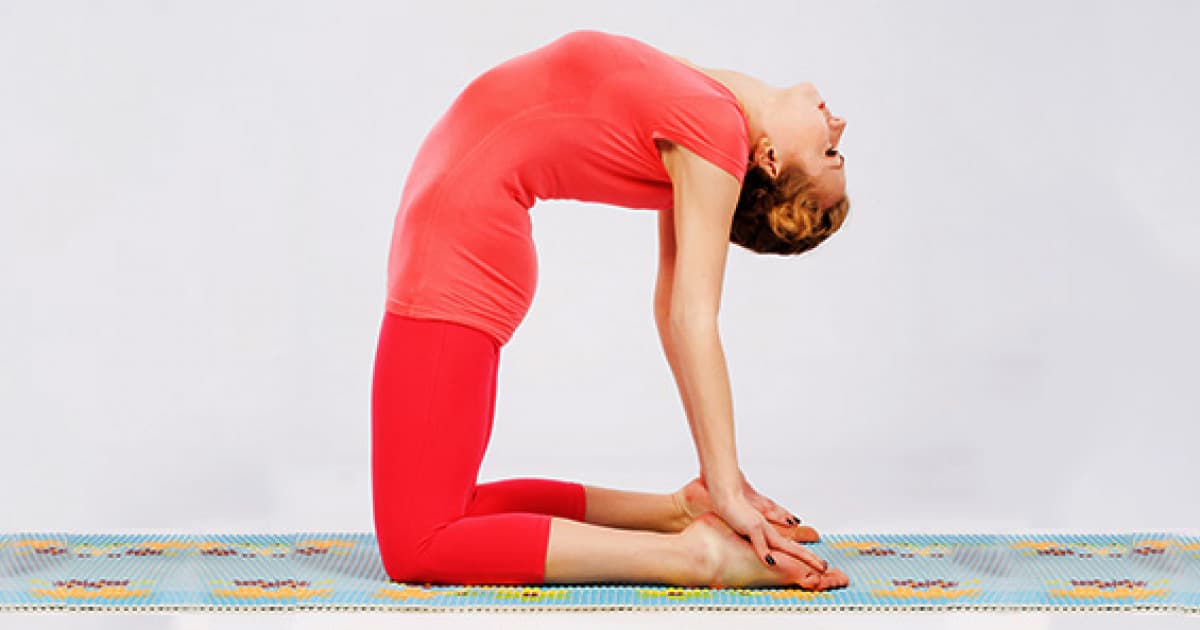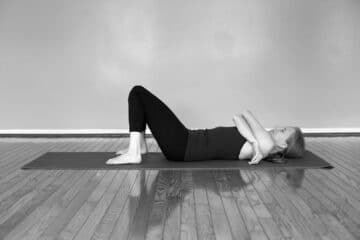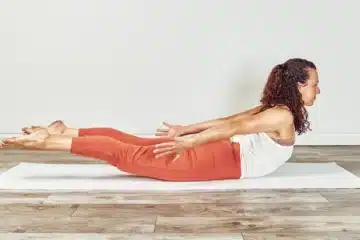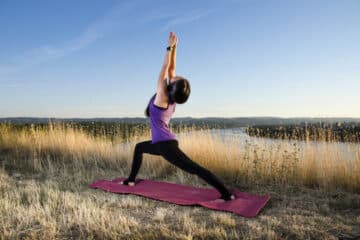In the rich tapestry of yoga, each posture weaves a story of physical vitality, mental clarity, and emotional resilience. Among these myriad poses, Camel Pose, or Ustrasana, emerges as a potent blend of strength, flexibility, and heart-opening.
Rooted in ancient yogic tradition, Camel Pose invites practitioners to tap into their inner courage, stretch beyond limitations, and embrace the transformative power of vulnerability. Let’s delve into the essence of Camel Pose and uncover its multitude of benefits:
Benefits of Ustrasana:
- Heart Opening: Camel Pose is renowned for its profound heart-opening qualities. As the chest expands and the sternum lifts towards the sky, this pose encourages an opening of the heart center, fostering feelings of love, compassion, and self-acceptance.
- Spine Flexibility: Ustrasana deeply stretches the entire front of the body, including the chest, abdomen, and hip flexors. This promotes flexibility in the spine and alleviates tension that may have accumulated from prolonged periods of sitting or poor posture.
- Strengthens Back and Shoulders: While Camel Pose is primarily known for its backbend, it also engages and strengthens the muscles of the back, shoulders, and arms. This helps improve posture, counteracting the effects of hunching over desks or electronic devices.
- Improves Digestion: The gentle compression of the abdomen in Camel Pose stimulates the digestive organs, aiding in digestion and elimination. Regular practice of this pose can help alleviate digestive discomfort and promote a healthy digestive system.
- Energetic Balance: In yoga philosophy, the heart chakra, located at the center of the chest, is associated with love, compassion, and emotional well-being. By opening the heart center in Camel Pose, practitioners can cultivate a sense of balance and harmony in their energetic body.
How to Practice Ustrasana:
- Starting Position: Begin by kneeling on the mat with your knees hip-width apart. Align your shins and the tops of your feet parallel to the mat.
- Hip Alignment: Ensure that your thighs are perpendicular to the ground and your hips are stacked directly over your knees. Engage your core muscles to support your lower back.
- Hand Placement: Place your hands on your lower back, with your fingers pointing downward. Press your palms firmly into your sacrum for support.
- Inhale and Lift: Inhale deeply as you lift your chest towards the sky, arching your back gently. Keep your chin tucked slightly to maintain length in the back of the neck.
- Reach Back: As you exhale, begin to reach your hands towards your heels, one at a time. Only go as far as comfortable, listening to your body’s signals and respecting your limitations.
- Hip Push Forward: Once your hands are on your heels or reaching towards them, press your hips forward to deepen the backbend. Keep your thighs and tailbone engaged to protect your lower back.
- Gaze Up: If comfortable, allow your head to drop back and gaze towards the ceiling or sky. Keep your breath steady and smooth as you hold the pose.
- Hold and Breathe: Hold Camel Pose for 30 seconds to one minute, breathing deeply and consciously. Feel the expansion in your chest with each inhale and the release of tension with each exhale.
- Release with Care: To exit the pose, slowly release your hands from your heels and place them back on your lower back. Engage your core muscles as you gently come back to an upright kneeling position.
Modifications and Variations:
- Use Props: If reaching your heels is challenging, place yoga blocks or folded blankets beneath your hands for support.
- Supported Variation: For a gentler variation, place a yoga block vertically between your feet and gently lean back onto it, supporting your weight with your hands on the floor behind you.
- One Arm Variation: For an additional challenge, extend one arm overhead while in Camel Pose, creating a deeper stretch along the side of the body.
Precautions:
- Avoid Camel Pose if you have any recent or chronic back, neck, or shoulder injuries.
- If you have high or low blood pressure, practice this pose with caution, or consult with a healthcare professional before attempting it.
Conclusion
Camel Pose, with its potent blend of heart-opening, strength-building, and energetic balance, serves as a gateway to deeper self-awareness and transformation.
By integrating Ustrasana into your yoga practice, you can unlock the myriad benefits of this dynamic posture, fostering greater flexibility, resilience, and compassion both on and off the mat.
Embrace the journey of self-discovery and empowerment that Camel Pose offers, and allow its transformative energy to illuminate your path towards holistic well-being and inner radiance.



